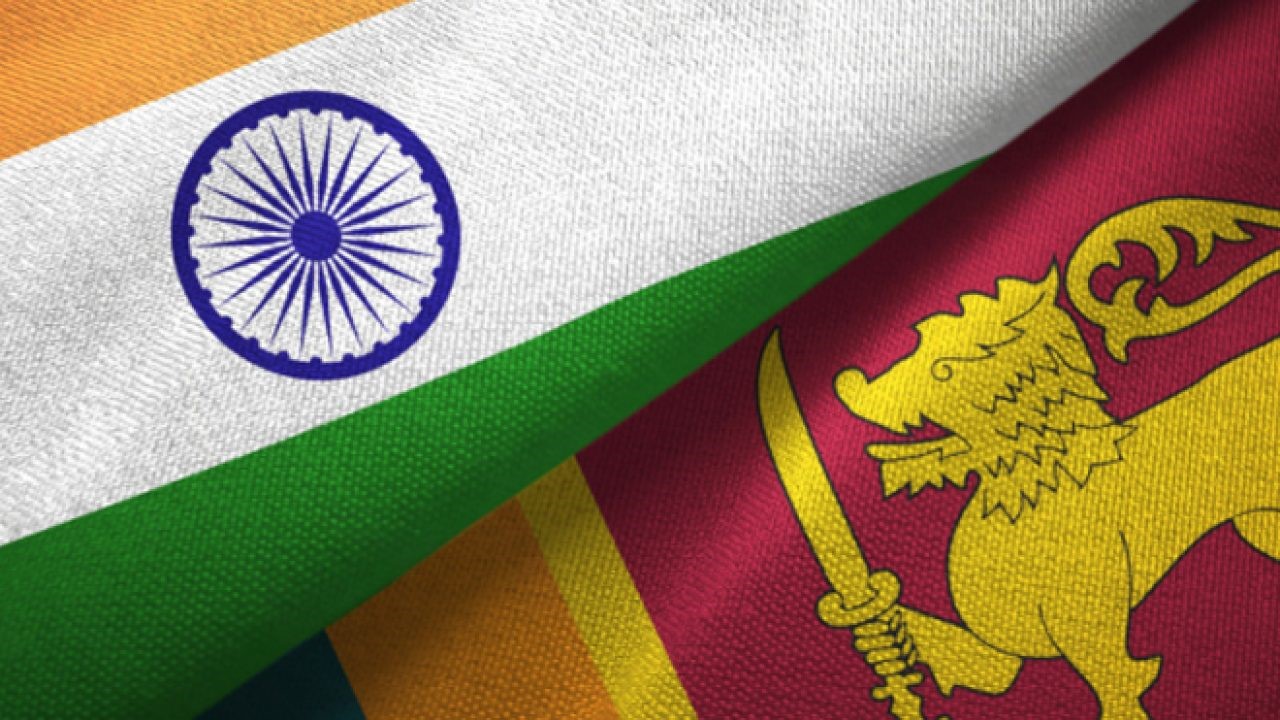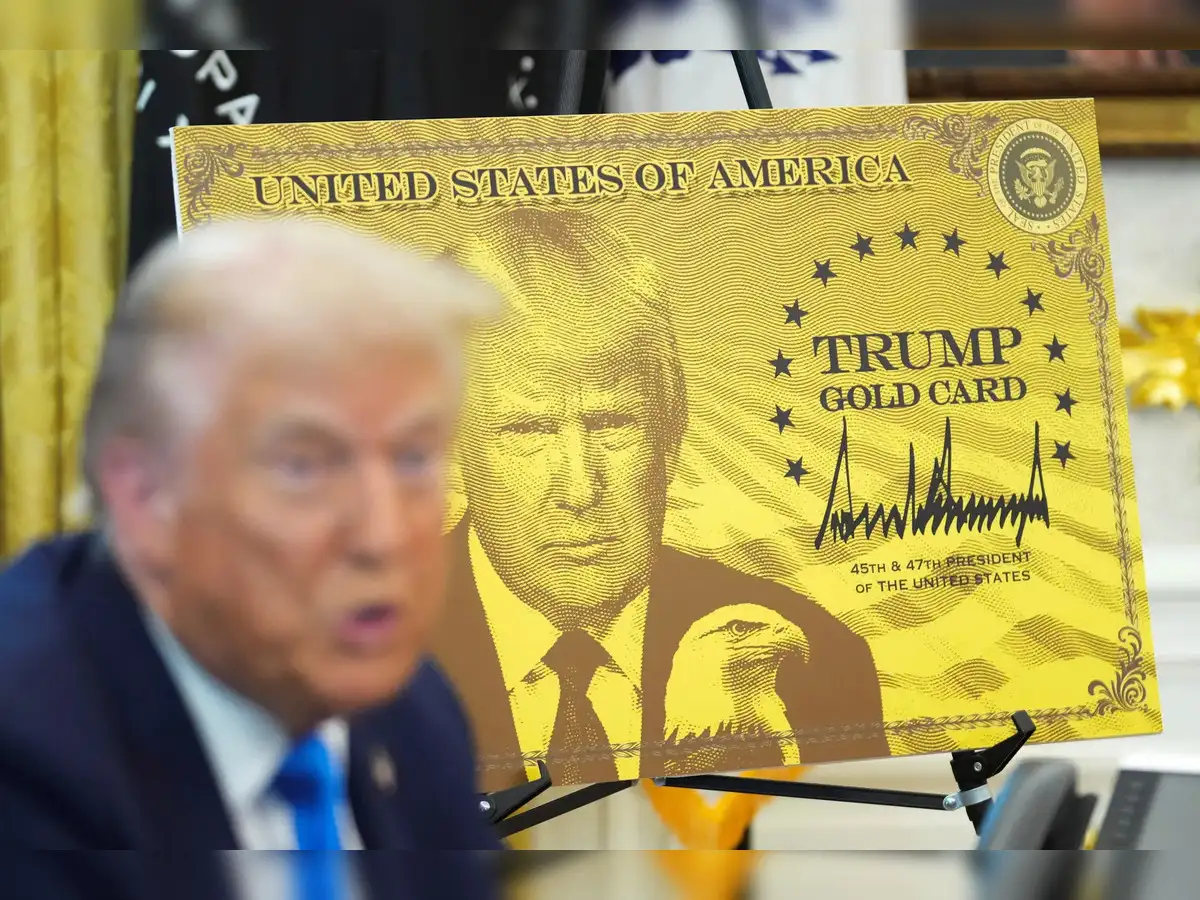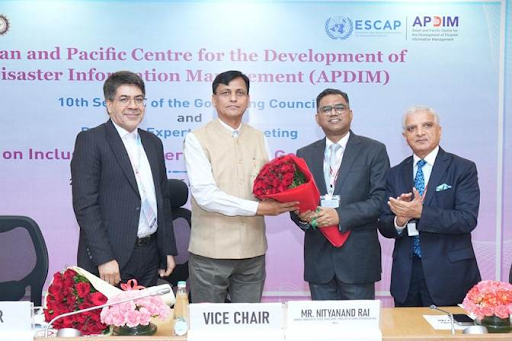Description

Disclaimer: Copyright infringement not intended.
Context: India sent financing assurances to the International Monetary Fund (IMF), becoming the first of Sri Lanka’s creditors to officially back the crisis-hit island nation’s debt restructuring programme.
Details:
- The development comes ahead of External Affairs Minister S. Jaishankar’s visit to Colombo on January 19 and 20, and just as Sri Lankan leaders concluded talks with a visiting high-level delegation of the Communist Party of China.
- This takes Sri Lanka one step closer to getting a crucial $2.9-billion package from the IMF, made contingent on “receiving financing assurances from Sri Lanka’s official creditors and making a good faith effort to reach a collaborative agreement with private creditors.”
- China, Japan, and India are Sri Lanka’s three largest bilateral lenders.
Background:
- India and Sri Lanka have a legacy of intellectual, cultural, religious and linguistic interaction and the relationship between the two countries is more than 2500 years old.
- The nearly three-decade-long armed conflict between Sri Lankan forces and the LTTE came to an end in May 2009. During the course of the conflict, India supported the right of the Government of Sri Lanka to act against terrorist forces.
- At the same time, it conveyed its deep concern at the plight of the civilian population, emphasizing that their rights and welfare should not get enmeshed in hostilities against the LTTE.
- Sri Lanka is India’s closest maritime neighbour and is strategically located in the Indian Ocean and Bay of Bengal. As per its ‘Neighbourhood-First Policy’ and the ‘SAGAR (Security and Growth for All in the Region) Doctrine’, India attaches great importance to Sri Lanka “to keep the Indian Ocean region peaceful and secure”.
- 70% of Indian cargo comes through the Colombo port, which is the largest trans-shipment port of South Asia.
.jpeg)
Political Relations:
- Historically, Sri Lanka was part of British India and since independence both countries had cordial relations.
- Unpleasantness in bilateral relations raised in 1983, when the Anti-Tamil violence in Sri Lanka dragged India into Tamil-Sinhalese Conflicts.
- With an objective of improving ties, Indo-Sri Lanka Peace Accord or Rajiv Gandhi-Jayewardene Accord was signed in 1987, which proposed a political solution to ongoing ethnic conflict by establishing a provincial council system and devolution of power to the nine provinces in Sri Lanka.( Popularly known as 13th Amendment to the Sri Lankan Constitution)
- India also deployed Indian Peace Keeping Force (IPKF) in Sri Lanka under Operation Pawan. After two year of military engagement IPKF was withdrawn as it failed to curb the Liberation Tigers of Tamil Eelam (LTTE) separatist movement.
Commercial Relations:
- The entry into force of the India-Sri Lanka Free Trade Agreement (ISFTA) in 2000 contributed significantly towards the expansion of trade between the two countries.
- Economic ties between the two nations also include a flourishing development partnership that encompasses areas such as infrastructure, connectivity, transportation, housing, health, livelihood and rehabilitation, education, and industrial development.
- India has traditionally been among Sri Lanka’s largest trade partners and Sri Lanka remains among the largest trade partners of India in the SAARC.
- In 2020, India was Sri Lanka’s 2nd largest trading partner with bilateral merchandise trade amounting to about USD $ 3.6 billion.
- Sri Lankan exports to India have increased substantially since 2000 when the India-Sri Lanka Free Trade Agreement (ISLFTA) came into force and more than 60% of Sri Lanka’s total exports to India over the past few years have used the ISFTA benefits.
Development Cooperation:
- Sri Lanka is one of India’s major development partners and this partnership has been an important pillar of bilateral ties between the two countries over the years.
- With grants alone amounting to around USD 570 million, the overall commitment by GOI is to the tune of more than USD 3.5 billion.
- Indian Housing Project, commitment to build 50,000 houses for the war affected as well as the estate workers in the plantation areas
- India continues to assist in a large number of High Impact Community Development Projects in areas of education, ambulance services all over the island, small and medium enterprise development and training

Defence and security Cooperation:
- Since 2012, India participates in Indo-Sri Lankan Defence Dialogue, this platform helps to review the security and defence cooperation issues between the two countries.
- To ensure maritime security India-Sri Lanka conduct ‘SLINEX’ a joint naval exercise, India, Sri Lanka and Maldives conduct “DOSTI” a trilateral naval exercise and India and Sri Lanka hold annual joint military drill 'Mitra Shakti’ to boost counter-terror cooperation
Cultural relations:
- In contemporary times, the Cultural Cooperation Agreement signed by the Government of India and the Government of Sri Lanka on 29 November 1977 at New Delhi forms the basis for periodic Cultural Exchange Programmes between the two countries.
- Buddhism is one of the strongest pillars connecting the two nations and civilizations from the time when the Great Indian Emperor Ashoka sent his children Arhat Mahinda and Theri Sangamitta to spread the teachings of Lord Buddha at the request of King Devanampiya Tissa of Sri Lanka.
- Government of India formally launched the e-Tourist Visa (eTV) scheme for Sri Lankan tourists.
- India is the top source for tourist influx into Sri Lanka with over 4 lakh Indian tourists travelled to Sri Lanka in 2018.
- The Swami Vivekananda Cultural Centre (SVCC), the cultural arm of the High Commission of India, Colombo, has been playing a key role in strengthening these ties and promoting people-to-people contacts between India and Sri Lanka since its inception in 1998.
Human resource development:
- Under the Indian Technical and Economic Cooperation Scheme and the Colombo Plan, India offers short and medium term training courses in technical and professional disciplines.
Indian Community:
The People of Indian Origin (PIOs) comprise Sindhis, Borahs, Gujaratis, Memons, Parsis, Malayalis and Telugu speaking persons who have settled down in Sri Lanka (most of them after partition) and are engaged in various business ventures. According to Government census figures (2011), the population of IOTs is about 1.6 million.

https://epaper.thehindu.com/Home/ShareArticle?OrgId=GPMAOUEDE.1&imageview=0












